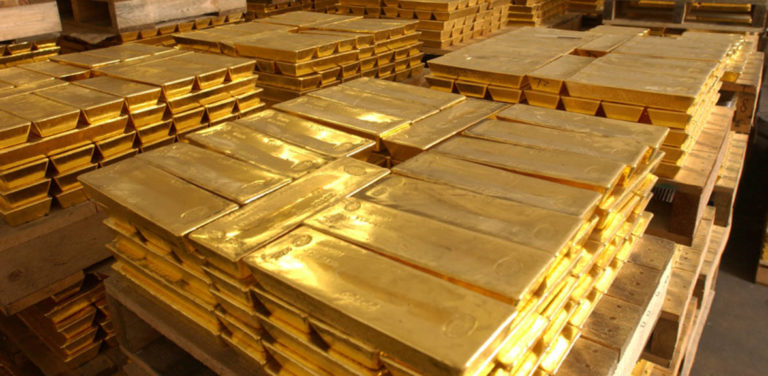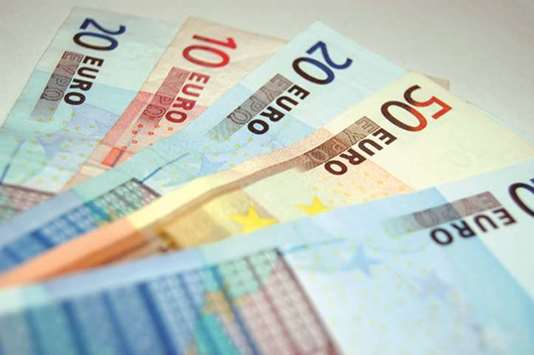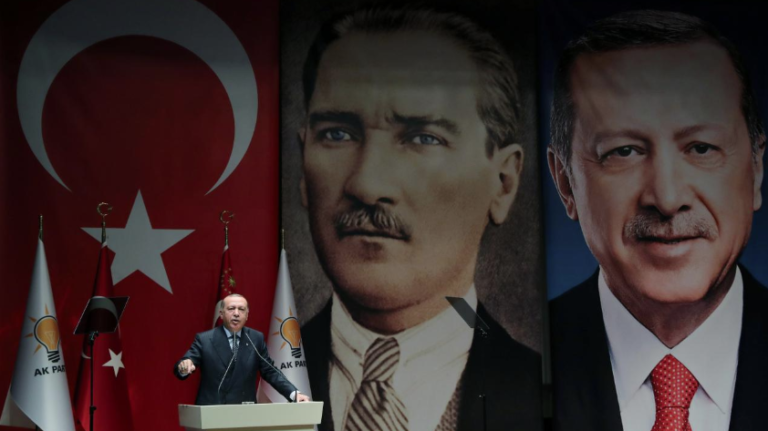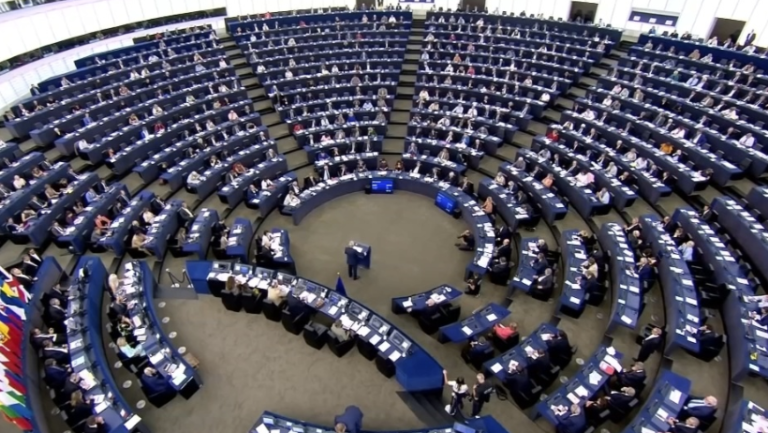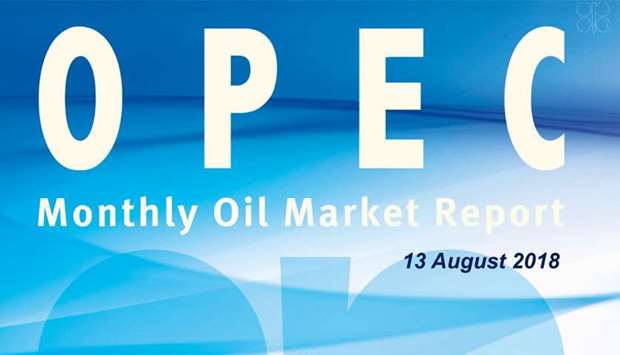The Global Economy’s Fundamental Weakness

Sep 13, 2018 RICHARD KOZUL-WRIGHT
Over the course of the past decade, the global economy has recovered from the 2008 financial crisis by riding a wave of debt and liquidity injections from the major central banks. Yet in the absence of steady wage growth and productive investments in the real economy, the only direction left to go is down.
GENEVA – When Lehman Brothers declared bankruptcy ten years ago, it suddenly became unclear who owed what to whom, who couldn’t pay their debts, and who would go down next. The result was that interbank credit markets froze, Wall Street panicked, and businesses went under, not just in the United States but around the world. With politicians struggling to respond to the crisis, economic pundits were left wondering whether the “Great Moderation” of low business-cycle volatility since the 1980s was turning into another Great Depression.
In hindsight, the complacency in the run-up to the crisis was clearly unconscionable. And yet little has changed in its aftermath. To be sure, we are told that the financial system is simpler, safer, and fairer. But the banks that benefited from public money are now bigger than ever; opaque financial instruments are once again de rigueur; and bankers’ bonus pools are overflowing. At the same time, un- or under-regulated “shadow banking” has grown into a $160 trillion business. That is twice the size of the global economy.
Thanks to the trillions of dollars of liquidity that major central banks have pumped in to the global economy over the past decade, asset markets have rebounded, company mergers have gone into overdrive, and stock buybacks have become a benchmark of managerial acumen. By contrast, the real economy has spluttered along through ephemeral bouts of optimism and intermittent talk of downside risks. And while policymakers tell themselves that high stock prices and exports will boost average incomes, the fact is that most of the gains have already been captured by those at the very top of the pyramid.
These trends point to an even larger danger: a loss of trust in the system. Adam Smith recognized long ago that perceptions of rigging will eventually undermine the legitimacy of any rules-based system. The sense that those who caused the crisis not only got away with it, but also profited from it has been a growing source of discontent since 2008, weakening public trust in the political institutions that bind citizens, communities, and countries together.
During the synchronized global upswing last year, many in the economic establishment spoke too soon when they began to forecast sunnier times. With the exception of the US, recent growth estimates have fallen short of previous projections, and some economies have even slowed. While China and India remain on track, the number of emerging economies under financial stress has increased. As the major central banks talk up monetary-policy normalization, the threats of capital flight and currency depreciation are keeping these countries’ policymakers up at night.
The main problem is not just that growth is tepid, but that it is driven largely by debt. By early 2018, the volume of global debt had risen to nearly $250 trillion – three times higher than annual global output – from $142 trillion a decade earlier. Emerging markets’ share of the global debt stock rose from 7% in 2007 to 26% in 2017, and credit to non-financial corporations in these countries increased from 56% of GDP in 2008 to 105% in 2017.
Moreover, the negative consequences of tightening monetary conditions in developed countries will likely become more severe, given the disconnect between asset bubbles and recoveries in the real economy. While stock markets are booming, wages have remained stuck. And despite the post-crisis debt expansion, the ratio of investment-to-GDP has been falling in the advanced economies and plateauing in most developing countries.
There is a very big “known unknown” hanging over this fragile state of affairs. US President Donald Trump’s trade war will neither reduce America’s trade deficit nor turn back the technological clock on China. What it will do is fuel global uncertainty if tit-for-tat responses escalate. Even worse, this is occurring just when confidence in the global economy is beginning to falter. For those countries that are already threatened by heightened financial instability, the collateral damage from a disruption to the global trading system would be significant and unavoidable.
Yet, contrary to conventional wisdom, this is not the beginning of the end of the postwar liberal order. After all, the unraveling of that order started long ago, with the rise of footloose capital, the abandonment of full employment as a policy goal, the delinking of wages from productivity, and the intertwining of corporate and political power. In this context, trade wars are best understood as a symptom of unhealthy hyper-globalization.
By the same token, emerging economies are not the problem. China’s determination to assert its right to economic development has been greeted with a sense of disquiet, if not outright hostility, in many Western capitals. But China has drawn from the same standard playbook that developed countries used when they climbed the economic ladder.
In fact, China’s success is exactly what was envisioned at the 1947 United Nations Conference on Trade and Employment in Havana, where the international community laid the groundwork for what would become the global trading system. The difference in discourse between then and now attests to how far the current multilateral order has moved from its original aims.
At first, the Lehman crisis did trigger a revival of the post-war multilateral spirit; but it proved fleeting. The tragedy of our times is that just when bolder cooperation is needed to address the inequities of hyper-globalization, the drums of “free trade” have drowned out the voices of those calling for a restoration of trust, fairness, and justice in the system. Without trust, there can be no cooperation.
RICHARD KOZUL-WRIGHT


